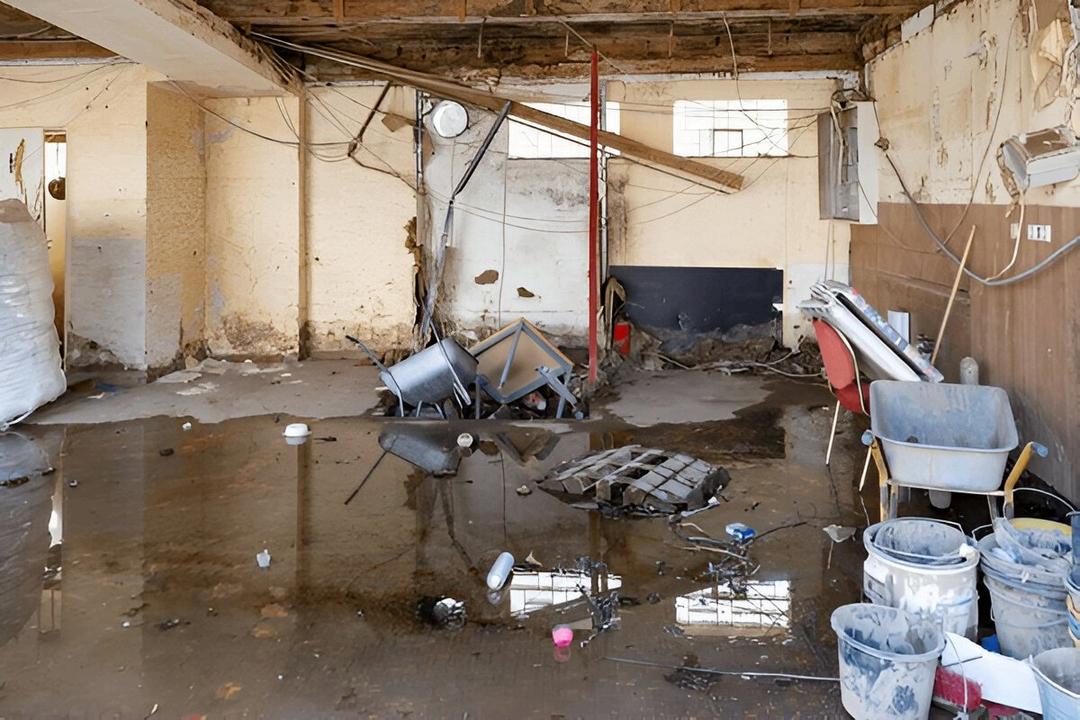

Table Of Content
Introduction
Act Quickly to Remove Standing Water
Dry Out and Dehumidify the Space
Salvage and Clean Belongings
Inspect the Structural Integrity of Your Property
Address Mold Growth Promptly
Repair and Replace Damaged Systems
Prevent Future Flooding
Conclusion
Introduction
Floods are among the most destructive natural disasters, causing extensive damage to homes and businesses. The aftermath of a flood can leave you feeling overwhelmed, but taking the right steps quickly can help minimize long-term damage and restore your property effectively. Acting swiftly can also help protect your health by addressing contaminants present in floodwaters. With a clear recovery plan, you can mitigate further losses and begin rebuilding with confidence.

Act Quickly to Remove Standing Water

Time is critical when it comes to flood recovery. The longer water is allowed to sit in your home, the more extensive the damage becomes. Use pumps, wet vacuums, or professional services to remove standing water as soon as it’s safe to do so. Open doors and windows to improve ventilation and reduce humidity levels, which can accelerate drying and limit the spread of mold.

Dry Out and Dehumidify the Space
Even after the water is removed, moisture can linger in walls, floors, and other surfaces. Use dehumidifiers and fans to dry the area thoroughly. Check hidden spaces, like behind walls and under carpets, for any signs of dampness. These areas are particularly susceptible to mold growth, which can begin within 24 to 48 hours after a flood. Proper drying ensures that structural damage is minimized, and it prevents the conditions that lead to mold and mildew. Professional help may be necessary for extensive damage. For example, sarasota water damage restoration services can provide specialized equipment and expertise to ensure thorough cleanup and drying, especially in hard-to-reach areas.

Salvage and Clean Belongings

Not all possessions can be saved after a flood, but many items, such as furniture, electronics, and clothing, can be salvaged if addressed promptly. Remove items from the affected area and assess the damage. Wash and disinfect salvageable items to eliminate bacteria and contaminants brought in by floodwaters. For irreplaceable items like photographs or important documents, consider consulting restoration experts who specialize in preserving water-damaged materials.

Inspect the Structural Integrity of Your Property
Floods can weaken the structure of your home, even if the damage isn’t immediately visible. Inspect your walls, floors, foundation, and ceilings for cracks, warping, or sagging. If you notice signs of structural instability, it’s essential to call a professional for an assessment. Ignoring these issues can lead to costly repairs or even unsafe living conditions in the future. Additionally, hidden damage in support beams or load-bearing walls can compromise the overall stability of your home. Addressing these concerns promptly can prevent small issues from escalating into major structural failures over time.

Salvage and Clean Belongings

Floods can weaken the structure of your home, even if the damage isn’t immediately visible. Inspect your walls, floors, foundation, and ceilings for cracks, warping, or sagging. If you notice signs of structural instability, it’s essential to call a professional for an assessment. Ignoring these issues can lead to costly repairs or even unsafe living conditions in the future. Additionally, hidden damage in support beams or load-bearing walls can compromise the overall stability of your home. Addressing these concerns promptly can prevent small issues from escalating into major structural failures over time.

Address Mold Growth Promptly
One of the most significant long-term consequences of flooding is mold infestation. Mold not only damages your property but also poses serious health risks, especially for individuals with respiratory conditions. Keep an eye out for visible mold or musty odors, as these are clear indicators of growth. Use mold-resistant products during repairs, such as drywall and paint, to minimize future risks.If mold has already taken hold, don’t attempt to remove it yourself, as improper handling can spread spores throughout your home. Professional remediation is often the safest and most effective solution.


Repair and Replace Damaged Systems

Floodwater can wreak havoc on electrical, plumbing, and HVAC systems, highlighting the long-term effects of water damage. Have a licensed professional inspect these systems to ensure they’re functioning correctly and safely.
Faulty wiring or plumbing after a flood can lead to fires, leaks, or additional water damage. In some cases, replacing parts of these systems may be necessary to restore your home to its pre-flood condition.


